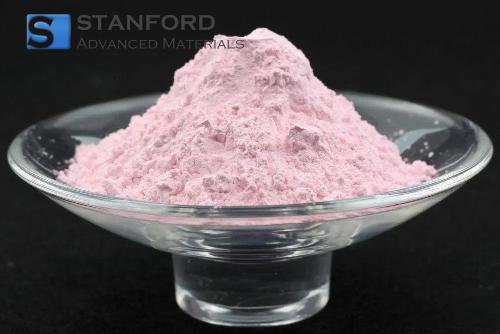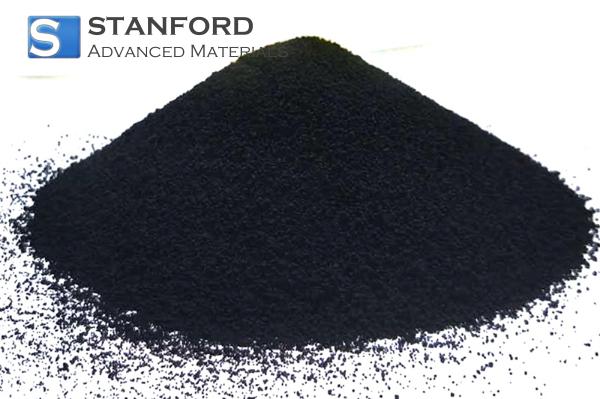Resilience In Mechanical Properties
Definition of Resilience
Mechanically, resilience is the ability of a material to store and absorb energy when deformed elastically and release such energy upon removal of stress. Resilience relates to elasticity but with a stronger focus on the energy aspect. The greater the resilience of a material, the larger amount of energy it absorbs and releases without experiencing any permanent damage.
Mathematically, resilience is typically quantified in terms of modulus of resilience, the maximum energy per unit volume of material that a material can absorb without permanent deformation. It may be computed using the formula:
Ur=σy^2/2E
Where:
Ur is the modulus of resilience (energy per unit volume),
σy is the yield stress (the stress at which a material will start to plastically deform),
E is the Young's modulus (a measure of the material's stiffness).
This equation is valid in the region where a material deforms elastically, i.e., returns to its initial shape upon stress removal.
Resilience vs. Toughness
Resilience and toughness are two terms used to define a material's ability to absorb energy, but with a difference in focus:
Resilience measures a material's ability to absorb energy without undergoing permanent deformation. It corresponds to the elastic portion of the stress-strain curve of a material.
Toughness, on the other hand, quantifies the energy consumed by a material during fracture and encompasses both plastic and elastic deformations. Toughness is defined as the area under the entire stress-strain curve, including the plastic deformation portion.
In summary, resilience measures the quantity of energy that a material can elastically absorb, whereas toughness measures the quantity of energy a material can absorb completely before failure.
Factors Affecting Resilience
Several parameters influence the resilience of a material, including elastic modulus (Young's modulus), yield strength, and temperature. The following parameters are relevant:
1. Elastic Modulus (Young's Modulus): A greater elastic modulus indicates a stiffer material. A material with a very high elastic modulus, such as steel, can store more elastic energy before yielding. However, a very high modulus may reduce the ability of the material to absorb energy under impact conditions.
2. Yield Strength: Yield strength is the stress at which a material starts to deform plastically. A material with high yield strength will dissipate more energy elastically before any permanent deformation occurs. For example, high-yield strength metals such as titanium or high-strength alloys exhibit greater resilience.
3. Temperature: Temperature can significantly impact resilience. As temperature increases, materials become more ductile, potentially reducing their ability to store energy elastically. In contrast, materials at low temperatures might be brittle and easily fracture under stress.
4. Material Composition: The type of material largely determines its resilience. Materials with high elasticity, such as rubber or spring steel, demonstrate great resilience as they can be elastically deformed and recover their original shape. Polymers and composites can also be designed to exhibit high resilience through adjustments to their molecular structure.
5. Microstructure: The microstructure of a material (e.g., phase composition, grain size) may affect its ability to deform elastically and store energy. For instance, materials with fine grains tend to be stronger because smaller grain boundaries provide more pathways for the material to withstand deformation.
Applications of Resilience
Resilience has numerous applications within engineering and materials science, particularly when materials are subjected to repeated stresses or impacts. Some common applications include:
1. Springs and Shock Absorbers: Springs and shock absorbers must exhibit high resilience since they continuously absorb and discharge energy without any permanent deformation. Compression springs in vehicle suspension systems, for instance, must withstand repeated loading and unloading, absorbing road shocks while able to return to their original shape.
2. Structural Elements: Structural elements such as beams, columns, and supports in mechanical and civil engineering require construction from materials with adequate resilience to endure dynamic loads from wind, earthquakes, or traffic without incurring permanent deformation. Highly resilient steel is typically employed in buildings for such applications.
3. Footwear and Bicycle Tyres: Materials used in bicycle tyres and footwear must be durable to withstand impacts and remain comfortable. Tyres, for example, should cushion the effects of bumps without losing their shape and functionality.
4. Impact-Resistant Materials: Protection gear such as helmets or armour necessitates materials with toughness. These materials must absorb energy upon impact (such as from a fall or collision) without suffering permanent damage while also protecting the user from harm.
5. Vehicle Parts: Automotive components like crumple zones and bumpers are designed using robust materials to absorb energy in the event of a collision. This minimises loss of vehicle integrity and injury to passengers.
Frequently Asked Questions
What is material resilience?
Resilience describes the ability of a material to store and release energy elastically without plastic deformation.
How does resilience differ from toughness?
Resilience relates to energy absorption within the elastic regime, whereas toughness encompasses both elastic and plastic energy absorption prior to failure.
What factors affect resilience?
The factors include elastic modulus, yield strength, temperature, material composition, and microstructure.
Which materials exhibit resilience?
Spring steel, titanium alloys, and rubber demonstrate high resilience as they can elastically absorb energy.
Resilience enables materials to endure repeated stresses without experiencing permanent deformation, crucial in components such as springs, shock absorbers, and automotive parts.

 Bars
Bars
 Beads & Spheres
Beads & Spheres
 Bolts & Nuts
Bolts & Nuts
 Crucibles
Crucibles
 Discs
Discs
 Fibers & Fabrics
Fibers & Fabrics
 Films
Films
 Flake
Flake
 Foams
Foams
 Foil
Foil
 Granules
Granules
 Honeycombs
Honeycombs
 Ink
Ink
 Laminate
Laminate
 Lumps
Lumps
 Meshes
Meshes
 Metallised Film
Metallised Film
 Plate
Plate
 Powders
Powders
 Rod
Rod
 Sheets
Sheets
 Single Crystals
Single Crystals
 Sputtering Target
Sputtering Target
 Tubes
Tubes
 Washer
Washer
 Wires
Wires
 Converters & Calculators
Converters & Calculators
 Write for Us
Write for Us





 Chin Trento
Chin Trento



